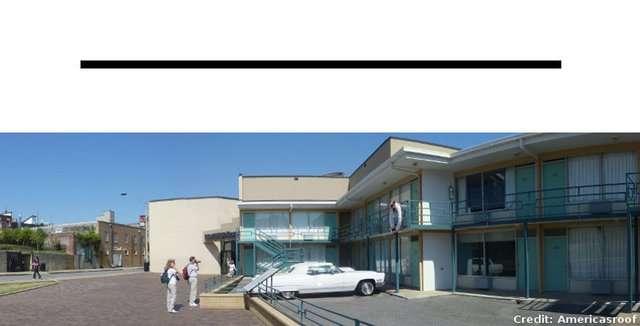Britain's role in the USA's MLK assassination cover-up: Part 2 (conclusion)
This 14-minute read concludes a two-part story. Read part one here.
The MLK Case is Re-Opened
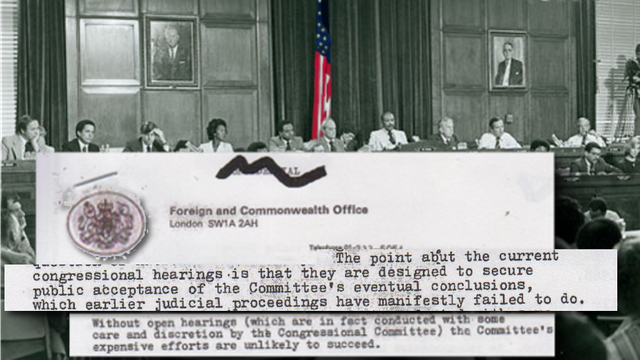
IN THE sombre national mood that descended upon America after the 1974 Watergate scandal, there were renewed public suspicions about the political assassinations of the previous decade.
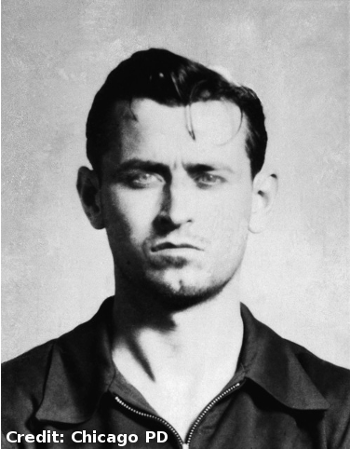
So in 1977, the lower chamber of the US Congress empanelled the House Select Committee on Assassinations (HSCA).
The public rationale for the formation of HSCA was to re-examine the murders of President John F Kennedy and Dr Martin Luther King Jnr. (The 1968 murder of Robert F Kennedy was not part of HSCA's remit.)
Britain unexpectedly found itself asked to assist HSCA in scrutinising the escape, flight, and eventual arrest of James Earl Ray (pictured above). Ray's US conviction and imprisonment in March 1969 meant he was officially King's assassin, so there was not much danger of that being overturned by HSCA.
In an October 1978 memo, a Civil Servant at London's Foreign and Commonwealth Office (FCO) gave a blunt explanation of HSCA's real methods and motives:
“The point about the current congressional hearings is that they are designed to secure public acceptance of the Committee's eventual conclusions, which earlier judicial proceedings have manifestly failed to do. Without open hearings (which are in fact conducted with some care and discretion by the Congressional Committee) the Committee's expensive efforts are unlikely to succeed.” (Emphases supplied)
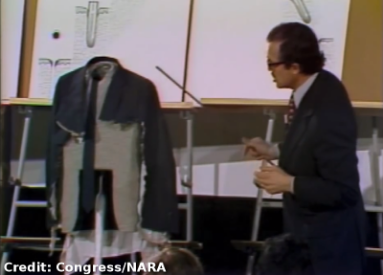
Such concern about calming public fears had not arisen until after the Warren Commission had already delivered its 1964 report on President Kennedy's assassination. Critics and theorists had immediately torn its conclusions into shreds.
This time, on a “seeing is believing” basis, the anxious American population had to be persuaded that nothing was being hidden. Hearings would be conducted in public, unlike those of the Warren Commission. The sessions would be televised (pictured above left) for maximum propaganda value.
The same anonymous FCO official explained to his colleagues the exact reason that Britain would assist HSCA:
“As I hope you will agree, the social and political stability of the United States can fairly be described as a vital British interest.” (Emphasis supplied)
The British Government began the laborious task of collecting and assessing records related to Ray's 1968 London arrest, and tracking down and interviewing the police and other officials who had handled the case. There were some unpleasant surprises in store.
Evaporating and Illusory EvidenceTHE FIRST nasty shock for UK Government figures as they dusted down the 1968 evidence had been the fact that there was no record of the self-incriminating remarks Ray had allegedly made during his spell in London's Wandsworth Prison (see part one of this story). It wasn't that the record of Ray's supposed “confessions” had disappeared. No such record had existed in the first place. The Government thought that, if they kept quiet, perhaps no-one would ever ask to see this fairy-tale evidence. They were wrong.
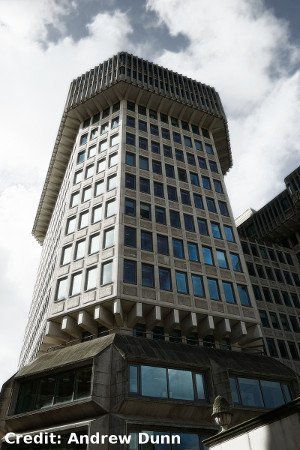
In November 1978, a letter arrived in the morning mail at the headquarters of the UK's Home Office, on Queen Anne's Gate, London (pictured left). It was postmarked Brushy Mountain State Penitentiary, Tennessee, and the author was James Earl Ray. In his letter, Ray accused the British Government of conniving with HSCA to produce false reports by a British police officer.
That officer's name is redacted throughout the Home Office files on Ray's correspondence. However, simple research fills in the blacked-out gaps with the name Alexander Anthony Eist, a Scotland Yard detective who by 1978 had retired from the police. In 1968 Eist had been one of several police officers assigned to handle Ray during his enforced stay in the UK and was the source of the original claim about Ray's confession.
Ray's letter stoutly denied that he gave any such confession – just as he had originally denied it in his 1968 letter to the Home Secretary (see part one of this story). Moreover, Ray stated that Eist had been charged with corruption and conspiracy to pervert the course of justice in a separate case. Ray now demanded that the Home Office provide him with documentary proof of this misconduct, with a view to using it to defend himself against HSCA.
The Home Office's reaction to Ray's letter could be charitably described as one of collective dismay and disarray. A memo setting out the ascertainable facts about Ray's arrest and detention in Britain had been typed up in October 1978, a month before Ray's letter arrived. The memo's contents were potentially very useful to Ray's defence. The (unnamed) author stated:
“It is not practicable at this date to provide detailed information about who was with [Ray], but it is right to deal with his query about whether a report was made of his having made an oral statement about the King murder while in detention. No such report is recorded.” (Emphasis supplied)
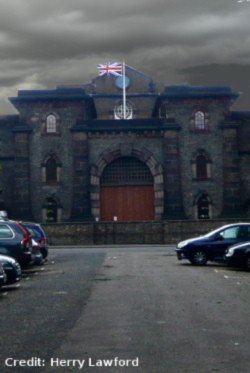
Meaning, not only was there no such report, but there was no mention of such a report anywhere in police documents about the Ray case either.
And the police reluctantly added that – just as Ray claimed – the police officer claiming to have received this phantom confession had indeed been tried on charges of corruption and conspiracy to pervert the course of justice.
Ray had allegedly made his self-incriminating remarks while held in Wandsworth prison, London (pictured above right). If this were true, then there would be a report of those remarks in Ray's 1968 prisoner file, stored in the prison's archive. So the problem of the non-existent police report could be overcome.
But the Government discovered that Ray's prisoner file – which definitely had existed -- was now missing. This meant the file had been removed from prison premises by someone in a position of outside authority, who had either kept it or disposed of it.
Overall, the weight of evidence indicated that Ray was telling the truth about police corruption. Without Ray's phantom “confession” the USA's 1968 extradition warrant could not have been granted. Now, in 1978, the British Government was in an impossible situation. The “missing” confession threatened to undermine not only HSCA's case against James Earl Ray but the legality of his conviction and imprisonment.
So the pen-pushers in London just ignored Ray's letter, hoping the problem would go away.
He did.

Above: Ray calls the Home Office's bluff (Inset: Ray's signature on the letter)
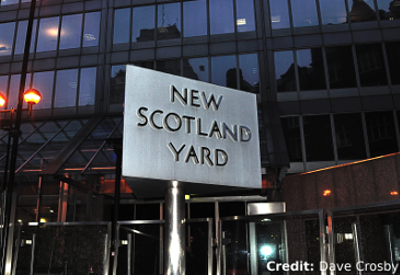
QUITE APART from the London Metropolitan Police's refusal to allow HSCA to inspect records held at the force's London headquarters (pictured right), it eventually dawned on the Government that there was a greater principle at stake.
This was the UK's decision to quietly ignore the 1968 London bank robbery believed to have been committed by James Earl Ray.
As explained in part one of this story, Ray had never been charged or prosecuted for this, because doing so would have greatly delayed his extradition to the USA. As an anonymous FCO official confided to his opposite number at the Home Office in an October 1978 memo:
“As far as we are aware there is no intention to bring [Ray] to trial on this charge, nor has there ever been any intention in the past to do so.” (Emphasis supplied)
Now, HSCA's investigators wanted to verify for themselves that the thumbprint of James Earl Ray had been left on the stick-up note brandished by the bank-robber. HSCA hoped to demonstrate support for their claims that Ray had been a “lone nut”, desperately short of money and self-financing through crime. The FCO official's equally-anonymous Home Office correspondent wrote back:
“The evidence in police possession in this respect is such that, if Ray were released from custody in the United States and available to British authorities, it would be the duty of the police to arrest and charge him [for the bank-robbery.] It is a principle in this country that the police do not disclose evidence which they possess and which they would bring before a court at a criminal trial.” (Emphasis supplied)
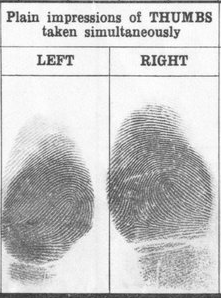
It can be seen that the Home Office bureaucrat avoided mentioning the awkwardly obvious fact that “the duty of the police” to “arrest and charge” Ray for the bank-robbery had been not been carried out in 1968.
Someone had clearly ordered the police to back off. It wouldn't even have taken an afternoon for British police to compare the thumbprint from the stick-up note with the thumbprints they already had (pictured right), taken from Ray when he was arrested.
The British Government was trapped in a dilemma of its own making. If the Home Office withheld this evidence from HSCA, the UK could find itself accused of obstruction by irritated US lawmakers, in hearings televised live across the USA. But if the Home Office handed it over, HSCA would usurp the primacy of UK courts by declaring Ray guilty of an offence for which he had never been tried.
Britain's Washington DC Embassy cabled the FCO in London, explaining HSCA's high expectations:
“[...] I explained [to HSCA] the constitutional point that, unlike the American system, our legislators do not have a right of access to police files, which clearly would limit the information the police are able to divulge to them.”
The FCO cabled back to say – in a far less diplomatic way – that while Scotland Yard “have not yet given a final decision on the Committee's request for assistance […] the decision is likely to be as follows:”
“That they cannot repeat cannot grant the Committee access to police files or physical evidence.”
The question was how to break the news to HSCA and the solution was a typically British case of pussy-footing around the issue. Home Office and police documents from 1978 state over and over again that they could not and would not carry out any actions whatsoever on behalf of HSCA. But for some reason, these repeated point-blank refusals never reached the ears of anyone at HSCA. Perhaps the situation was best summed up by the anonymous Home Office bureaucrat who sent this brief note (below) to the Metropolitan Police.

MYSTERIOUSLY, after this stubborn refusal by UK authorities to lend material support to HSCA, in the end the London fingerprint evidence was in fact handed over. It was analysed independently by the FBI's latent print examiners, who declared triumphantly that the thumbprint on the stick-up note was indeed a match with a print taken from the thumb on James Earl Ray's left hand.
More mysteriously still, dubious ex-police officer Alexander Anthony Eist was accepted by HSCA as a credible witness. HSCA's justification was that even though there was no actual evidence to support his vital testimony, Eist was known to have told three identified people his yarn about Ray's "confession." The second and third of those people were a married couple from the USA – who first met Eist a whole decade after Ray's arrest. So their support for him was completely irrelevant.
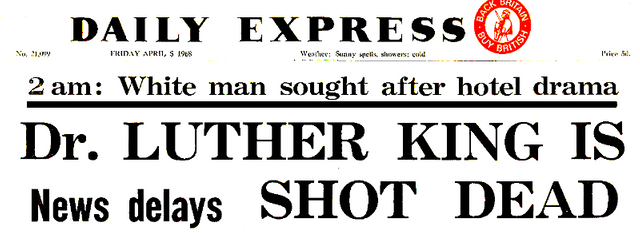
Tellingly, the first person Eist had provably contacted in June 1968 had not been one of his police superiors but a writer on British newspaper The Daily Express. Eist's leak of Ray's “prison confession” had been intended as national front-page news, damning Ray in the eyes of the general public and gaining world-wide attention. The surprising fact that no such story was ever published means that the Express's lawyers probably took one look at it and said: “No way.” HSCA didn't treat Eist's testimony with similar misgivings in their eagerness to scrape together a strong case against Ray, intended primarily for public consumption.
How and why did the British Government perform such a sharp U-turn, when it finally agreed – after repeated refusals – to provide both evidence and a police witness to HSCA?
There is no trace of the 1978 U-turn in the British Home Office files on James Earl Ray. But it is possible to identify the person behind all these manoeuvres.
James Callaghan's Cover-Ups
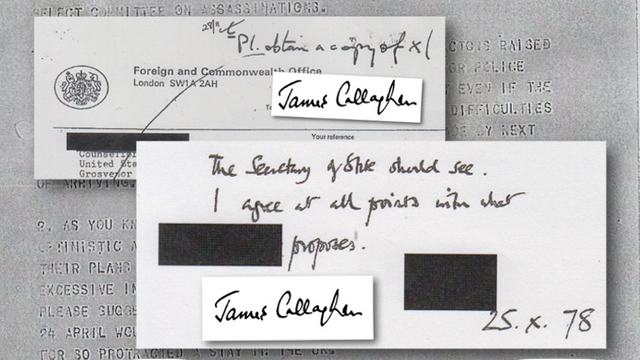
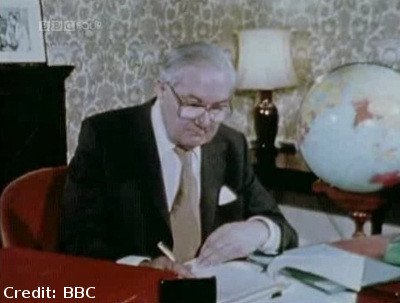
IN 1968, JAMES Callaghan (pictured left) was the serving Home Secretary. He routinely worked in co-ordination with the Lord Chief Justice and the Director of Public Prosecutions.
As seen in part one of this story, the agreement of the three Government figures would have been needed to abort Ray's trial for possessing a forged passport and a loaded pistol.
The course of justice had to be derailed by all three in order to get James Earl Ray swiftly extradited to the USA. The same three men would also have had to work together to suppress the charges that should have been brought against Ray for the London bank-robbery.
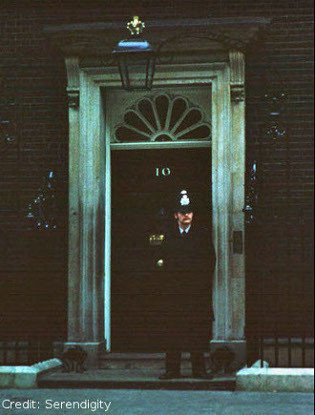
As Home Secretary Callaghan also oversaw the nation's various police forces. In 1976, he became Prime Minister and entered 10 Downing Street (pictured right). By sheer luck, when HSCA was established the following year, Callaghan was the only person who could overrule the FCO, the Home Office, and the police, forcing reluctant officials to provide crucial evidence to HSCA.
The Home Secretary also oversees the UK's prison service. And this is where Ray's 1968 letter to Callaghan, protesting about the phony “confession” that was being pinned on him, had serious consequences. Ray's supposed “confession” should have been recorded in his file at Wandsworth prison. But as we have seen, the file was inexplicably removed from the prison and was never returned.
The apparent explanation is that when he read Ray's letter, Home Secretary Callaghan ordered up Ray's prisoner file to see for himself whether Ray was telling the truth. What happened to that file after Callaghan had read it might never be known. However, it is reasonable to infer that if the file's contents had proved Ray to be a liar, Callaghan would have sent him a stern reply instead of ignoring him – and the missing prisoner file might never have gone missing.
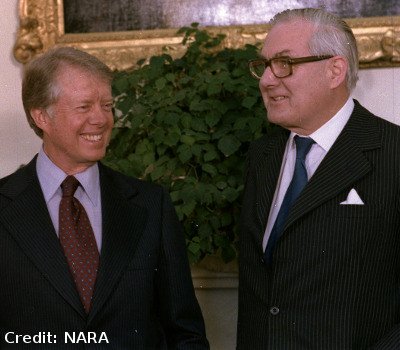
Finally, as Prime Minister in 1978, Callaghan kept a very watchful eye over the British Government's dealings with HSCA, as shown by his handwritten comments in the files on James Earl Ray (pictured above). Those dealings should have been handled by the Home Office and FCO. But Callaghan monitored procedures every step of the way.
The result was that British police corruption was concealed and fatal weaknesses in the case against James Earl Ray were never exposed. HSCA's investigators went home satisfied – and the US-UK “special relationship” was honoured and upheld. Or so it seemed, at the time.
In March 1978, while HSCA was preparing to visit London to pursue its inquiries, Callaghan visited US President Jimmy Carter at the White House (pictured above). After private discussions, Carter told assembled reporters that " a month or so ago we made arrangements for [Callaghan] to come and consult with me on some very important matters that affect our countries." Intriguingly, Carter went on to say:
"The harmony that exists between ourselves and Great Britain is a very gratifying thing for a President. This has been a sustaining factor in our lives in this country so long as I can remember. And it's a basis for consultation in a private way between myself and my dear and good close friend, Jim Callaghan, not only in the matters I've described but many others that are of common interest to our people." (Emphasis supplied)
Whether or not Callaghan and Carter's discussions touched upon the work of HSCA will probably never be known. What can be said with confidence is that Callaghan's first cover-up in the James Earl Ray case was conducted while he was Home Secretary in 1968. It was intended to appease US President Lyndon Johnson at a time when the US-UK “special relationship” was in tatters over the Vietnam War. The second of James Callaghan's cover-ups – as Prime Minister in 1978 – was carried out partly for geopolitical reasons but partly in order to conceal the first.
All Rights Reserved by the Author, June 8, 2018
• Follow this account for more stories like the one you've just read.